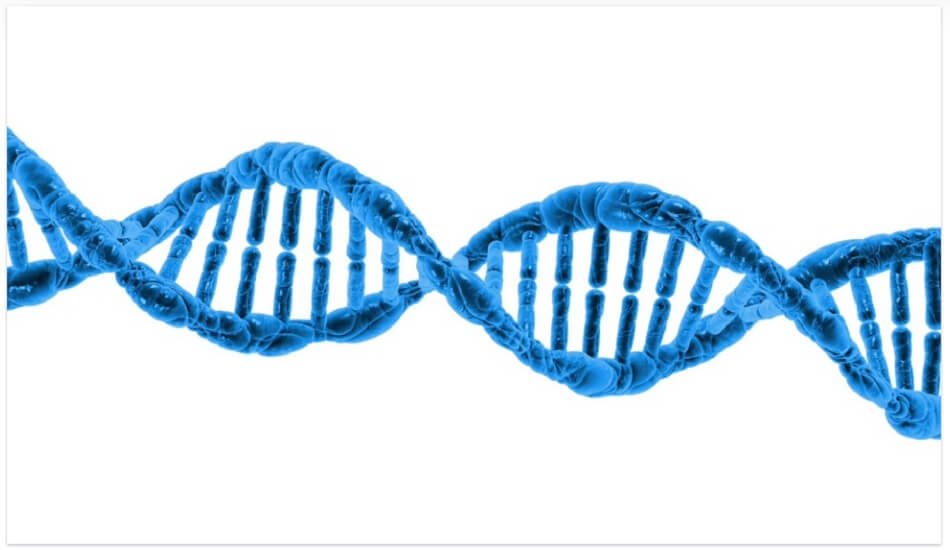Skretting Australia starts validation trials for String Bio’s product Pro-DG soon.
Skretting Australia, which is part of Nutreco’s aquaculture division, has said that validation trials for String Bio’s product Pro-DG will begin soon. Pro-DG is a sustainable protein made from greenhouse gases that are very strong.
It said that the goal of the partnership is to help the aquaculture markets in Australia and New Zealand get protein in a sustainable way.
Also Read | Coromandel Intl Limited’s VC arm, Dare Ventures to invest in String Bio
Skretting Australia said that it will test feeding trials at research and development (R&D) facilities in Australia and New Zealand to prove that the new ingredient works in aquaculture systems. Since 2020, String Bio has been working with Skretting’s global team to speed up the process of making a new ingredient that can be sold.
Skretting is looking into adding ingredients that don’t compete with what people eat or that can reduce their carbon footprint, the company said, adding that String Bio’s Pro-DG is a perfect fit for Skretting on both counts.
Methane, which is a harmful greenhouse gas, can be turned into protein-based solutions by String Bio’s unique fermentation process. The AR6 (Sixth Assessment Report) from the Intergovernmental Panel on Climate Change says that methane traps about 27 times as much heat in the atmosphere as carbon dioxide and is responsible for a third of global warming.
The statement quoted Rhys Hauler, the marketing manager for Skretting Australia, as saying, ‘We are excited to see the results because new ingredients are a high priority at Nutreco and are very much in line with our sustainability goals, which are outlined in our sustainability strategy, Roadmap 2025.’
It said that this partnership shows how the biotechnology and aquaculture industries can work together to make the future more sustainable and to advance a technology that could help create a circular carbon economy.
With this new partnership, String will be able to grow the market for its products and show how it helps reduce carbon emissions.


















Add Comment